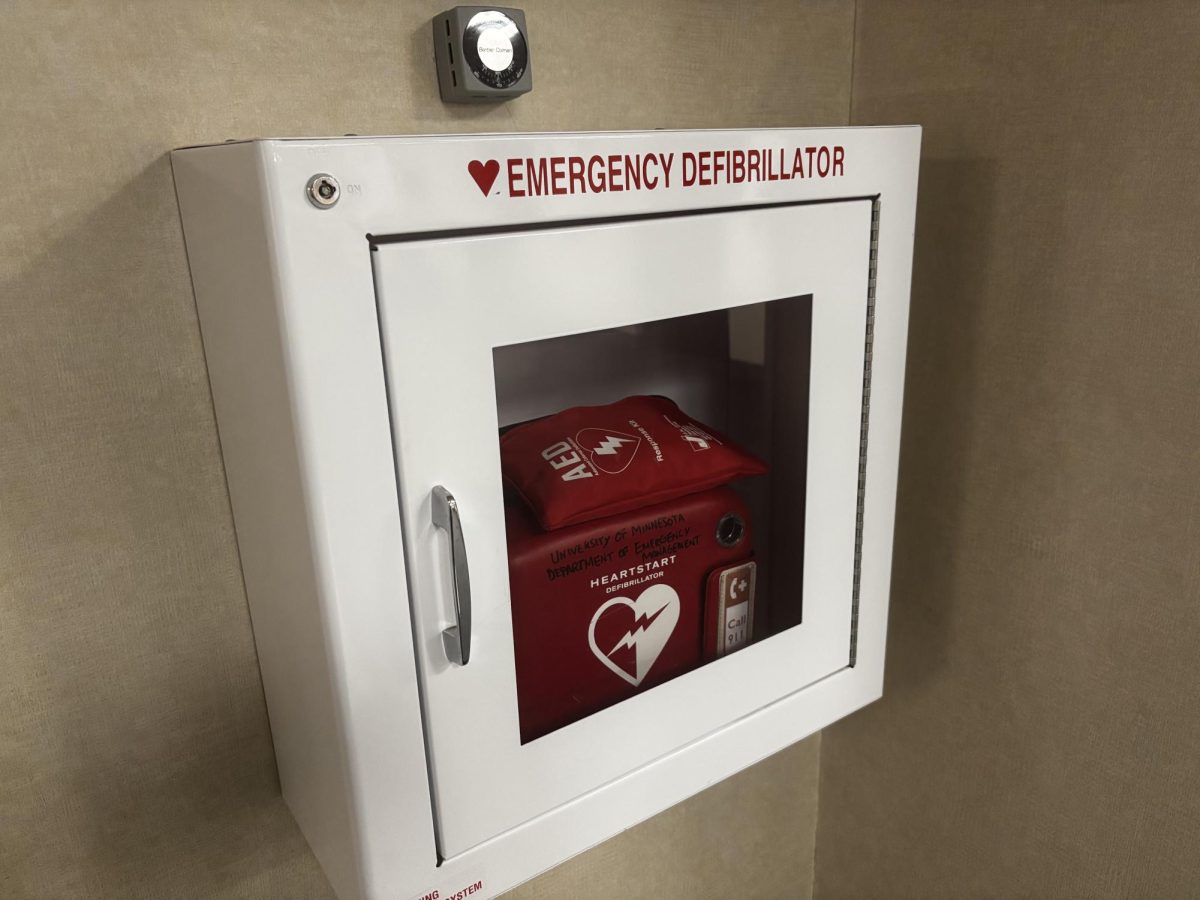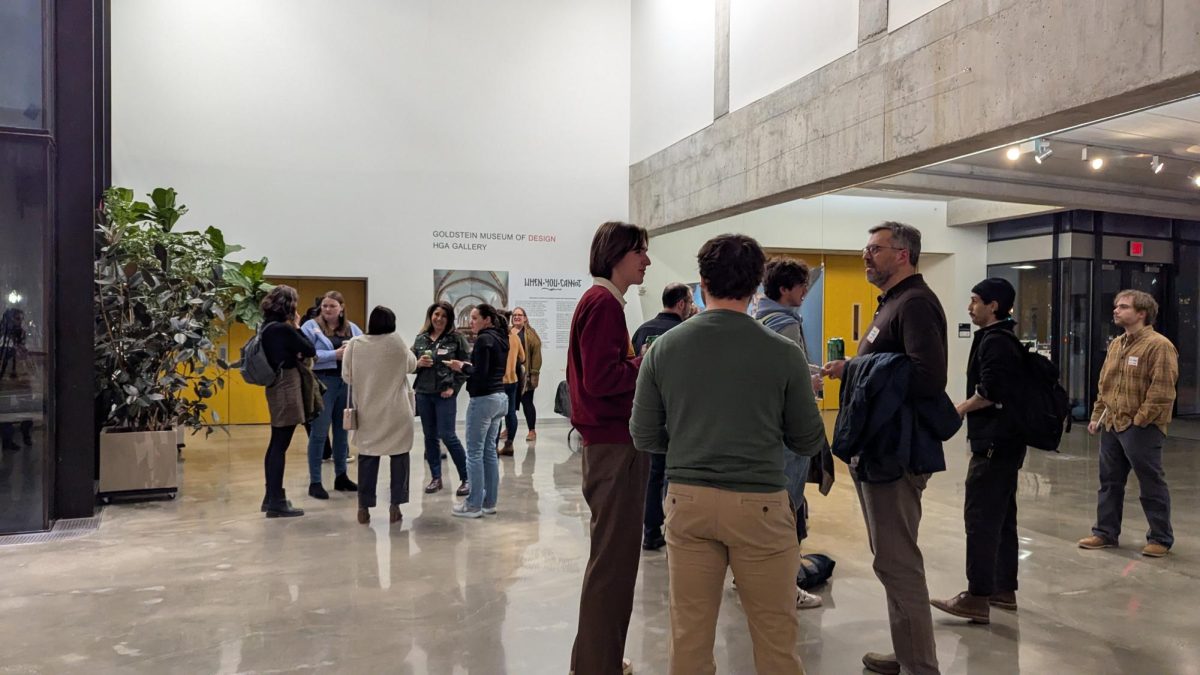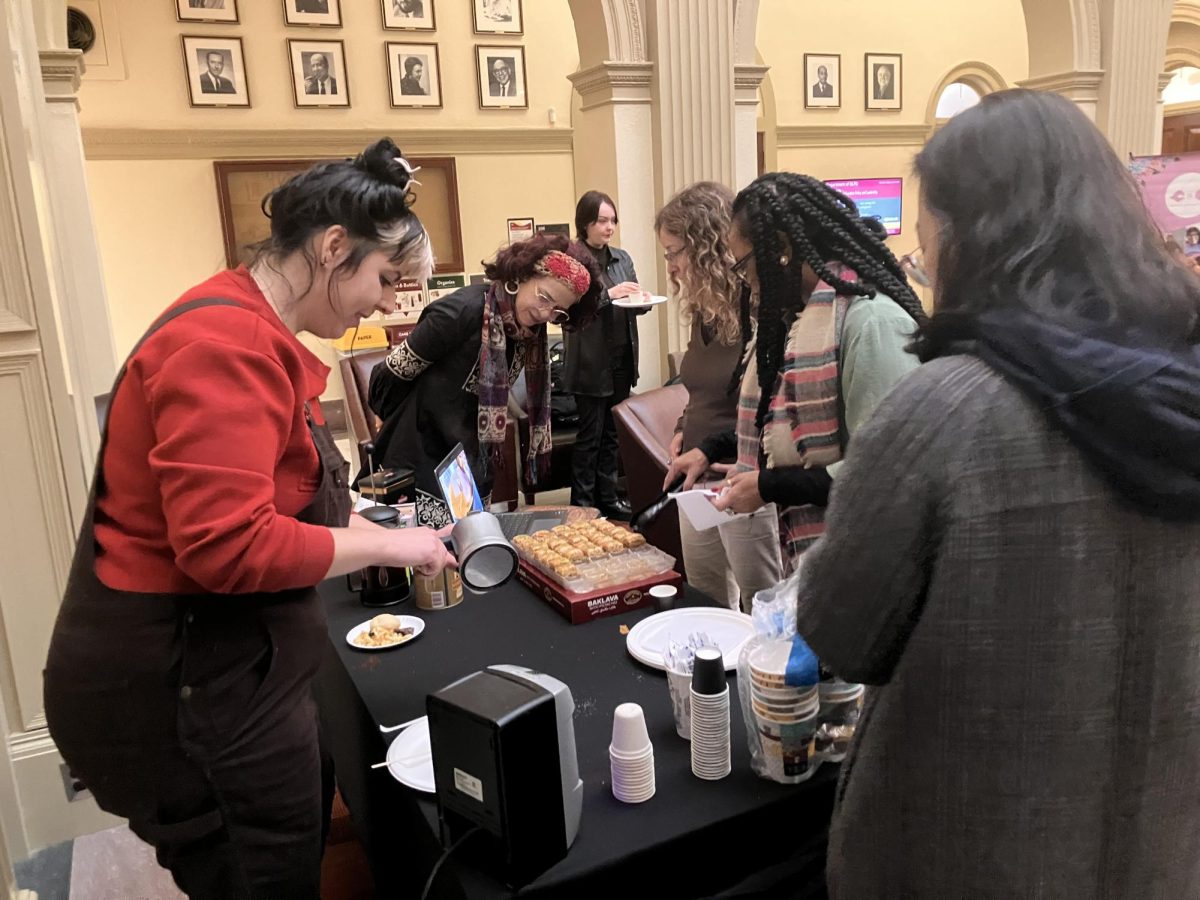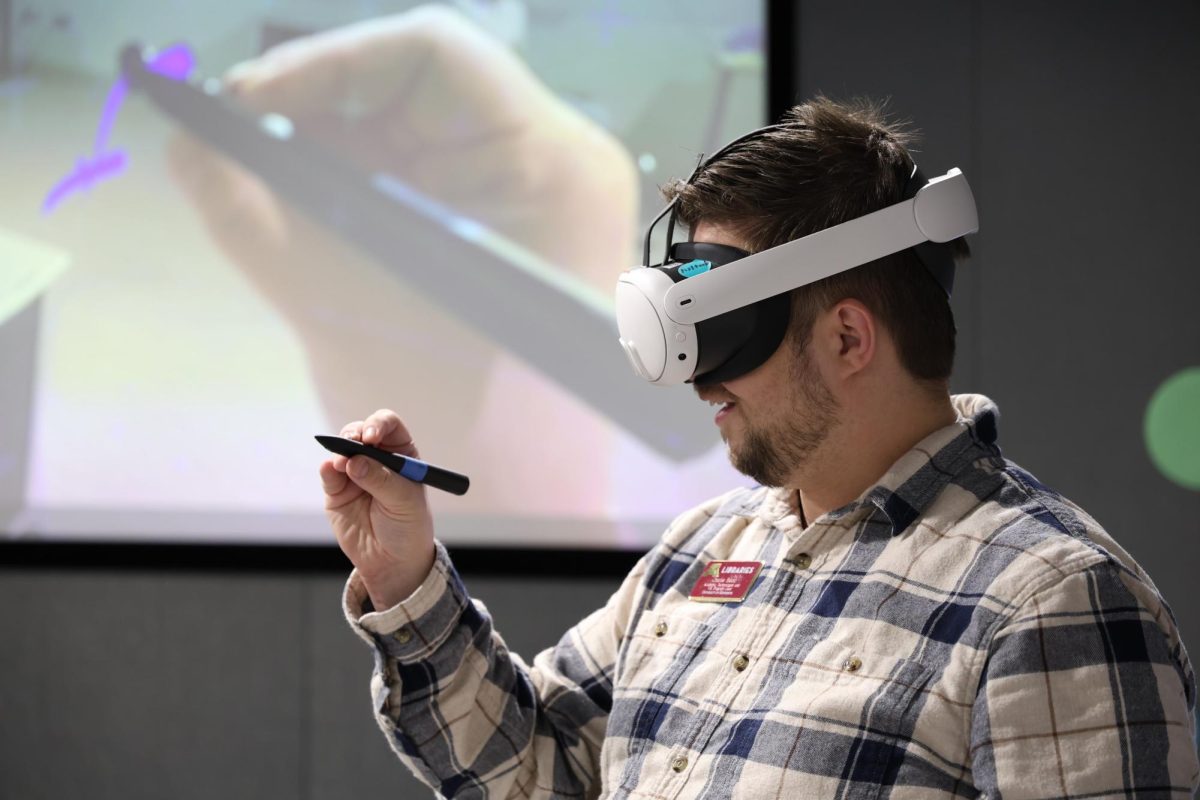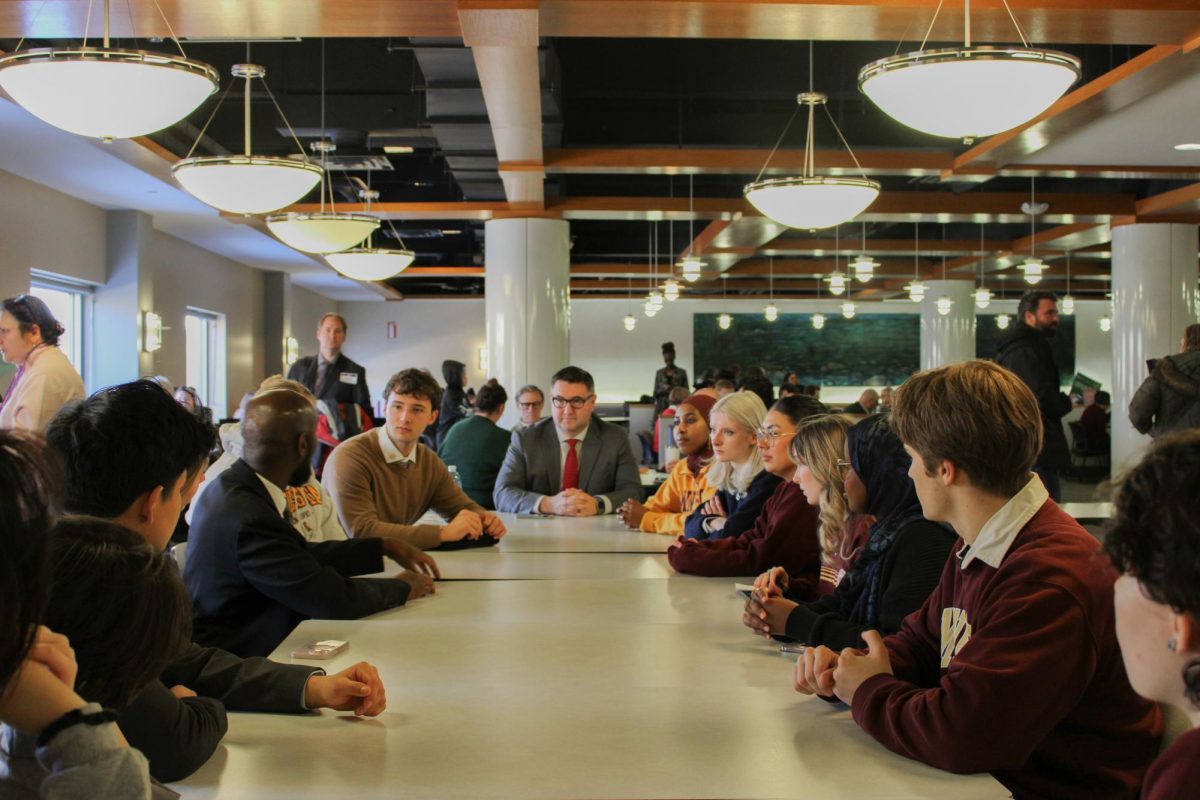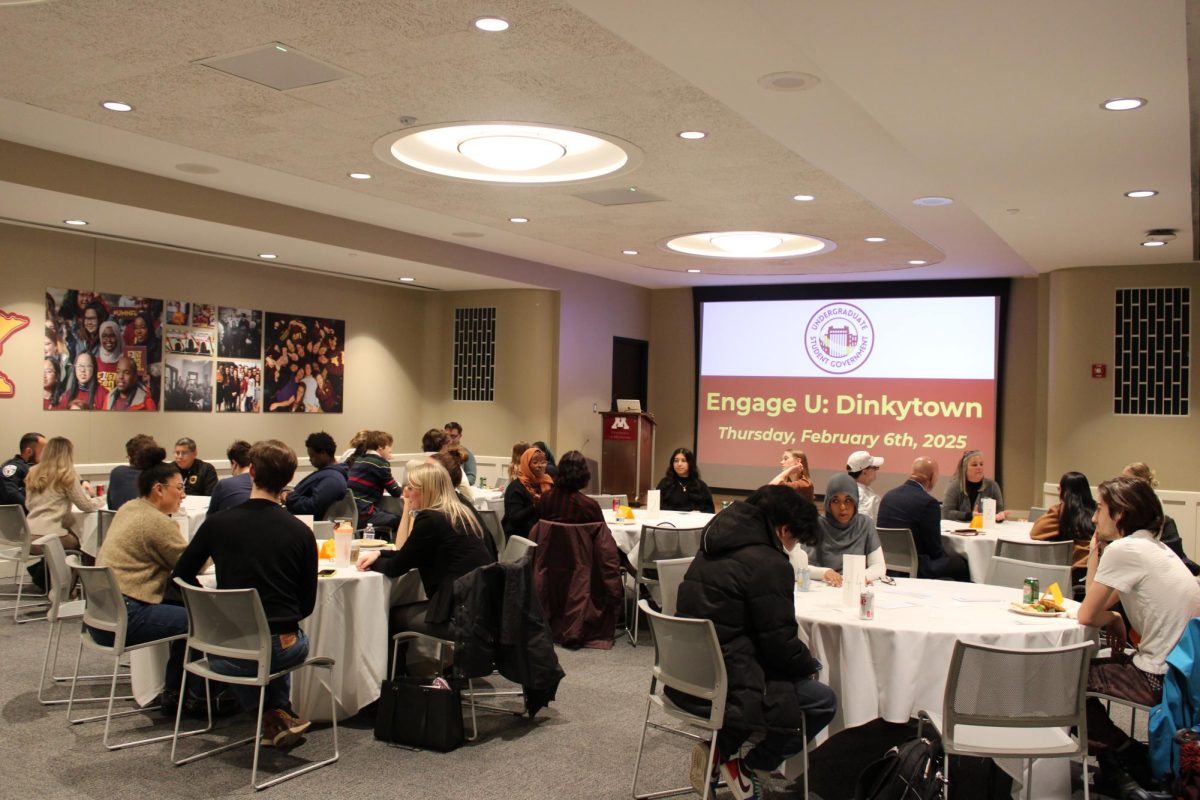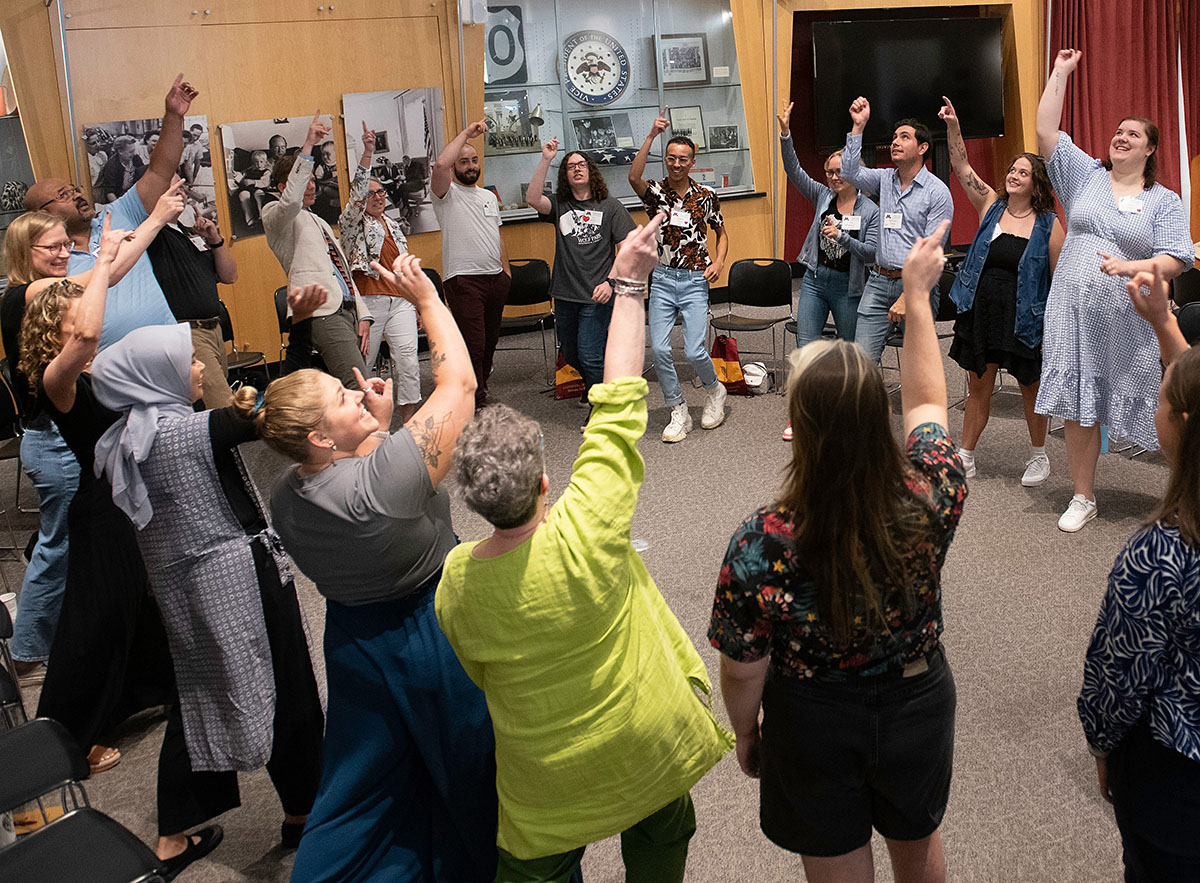The University of Minnesota Emergency Medical Services (UMEMS) is offering more free CPR, AED and bleeding control courses on campus to enhance and ensure safety and well-being among the University community.
Regularly scheduled free CPR classes will be held on the fourth Tuesday of each month in 2025, though no classes will be offered in December. The full schedule for 2025 can be found on the UMEMS website.
The Stop the Bleed program is a nationwide public health campaign that teaches people how to stop traumatic bleeding. The first UMEMS Stop the Bleed-sponsored course will be held April 22.
UMEMS received grant funding in fall 2024 and will work with other campuses in the University system to provide them with AEDs and Stop the Bleed kits as well as setting up larger Stop the Bleed stations, according to Robert Ball, UMEMS team manager.
Ball said the grants allow UMEMS to expand AED and hands-only CPR, a form of CPR done without mouth-to-mouth breaths, which will help people do something other than be scared and stand still.
“It will give them some idea of what to do to help their neighbors because all of these things involve us all taking care of each other,” Ball said. “You can call 911 and they’re going to come, but sometimes both Stop the Bleed and hands-only CPR, those are really important before the professional help arrives.”
Ball said the ultimate goal is to have 10% of the student population trained in life-saving skills within the next year.
The idea is not to get people certified in basic life support to get a job, Ball said. Rather, he hopes to remind people how to do basic CPR and use AEDs so they can know what to do if someone unexpectedly collapses.
Ball said the use of hands-only CPR or a defibrillator in an emergency increases the chance of a collapsed person surviving from 10% to 50%.
There has been a growing interest nationwide in bleeding control training, Ball said. This includes programs like the Stop the Bleed campaign and the University’s Health Emergency Response Office (HERO), which has been running Stop the Bleed classes since 2019.
The UMEMS website has an interactive AED map showing where defibrillators and Stop the Bleed kits are on campus. Stop the Bleed kits include an explanatory card, rescue blanket, AED and a tourniquet, a device that checks bleeding or blood flow by compressing blood vessels.
Before the courses became scheduled on the fourth Tuesday of every month, Ball said the hands-only CPR classes were a word-of-mouth demand where they would have anyone interested in the course email and request UMEMS to train them. Ball or anyone available on his staff would go to a location and train whichever program or person requested it.
Ball said offering the regularly scheduled course takes the pressure off his team and makes it easier for them to manage rather than packing up things and driving around campus.
“By trying to make this more regularly scheduled and more structured, our hope is to get more outreach, and by having a chance to talk with people and say, ‘Hey, these things exist,’” Ball said.
Thomas Hoffman, a UMEMS field training coordinator, said the biggest benefit of spreading CPR courses is educating people.
“So many people have some ideas of what first aid is, what emergency medicine is, and that comes from maybe things like TV shows and movies, but in real life, it’s a lot different,” Hoffman said.
CPR and bleeding control skills help people know how to react in a critical situation, and students should take these courses because they could save someone’s life, Hoffman said.
“You take precautions in your life not because you’re expecting something to happen, but because you know that it can happen and you want to be prepared when it does,” Hoffman said. “And it’s the same thing with this.”


